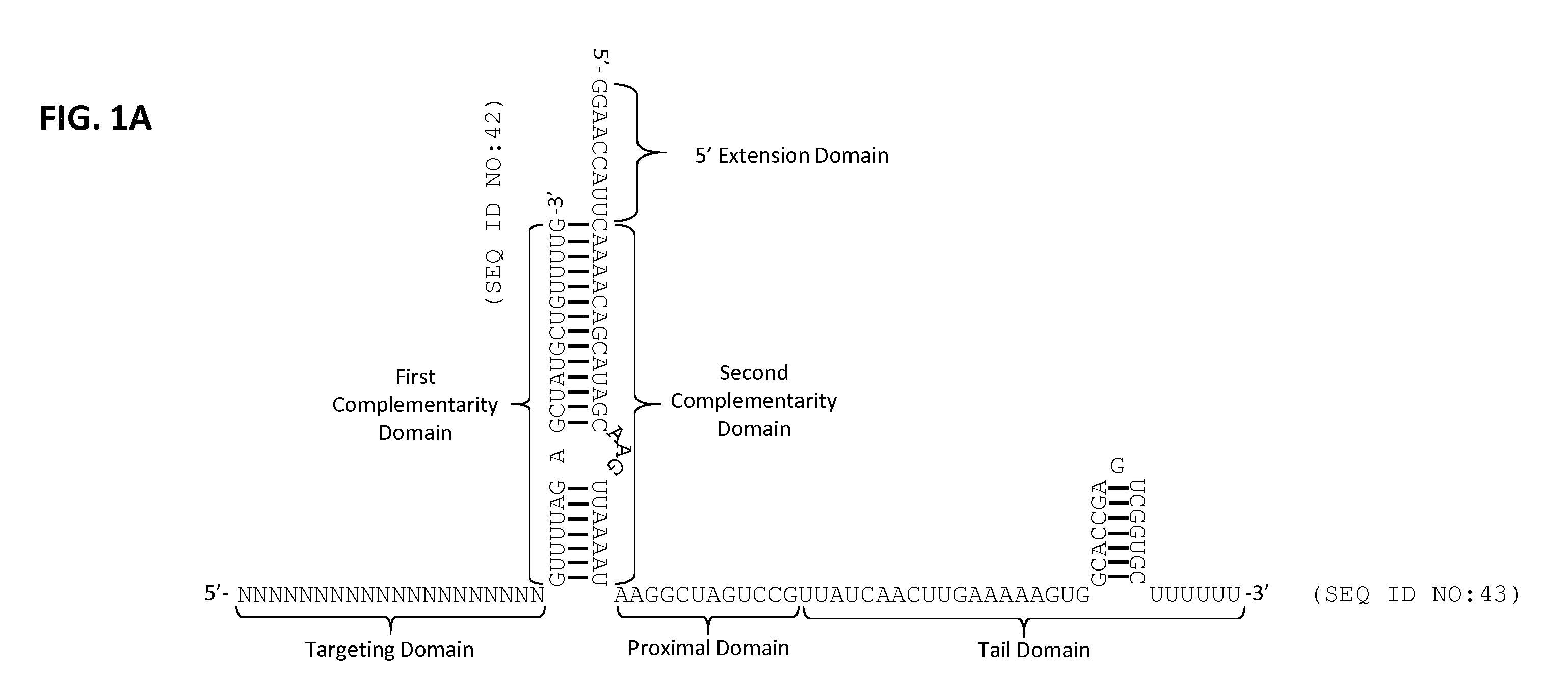An earlier posting on this blog discussed the recent issuance of a U.C.-researched CRISPR patent. Today’s posting discusses a competing team’s recent issuance of another CRISPR patent.
U.S. Patent No. 10,190,137 B2 (‘137) issued on January 29, 2019, for “CRISPR-Related Methods and Compositions with Governing gRNAs.” It was issued to inventors Feng Zhang of Cambridge, Massachusetts, Deborah Palestrant of Newton, Massachusetts, Beverly Davidson of Iowa City, Iowa, Jordi Mata-Fink of Somerville, Massachusetts, Edgardo Rodriguez of Gainesville, Florida, and Alexis Borisy of Arlington, Massachusetts. The applicants/assignees are Editas Medicine, Inc. of Cambridge, Massachusetts, The Broad Institute, Inc. of Cambridge, Massachusetts, The University of Iowa Research Foundation of Iowa City, Iowa, and Massachusetts Institute of Technology of Cambridge, Massachusetts.
The specification describes methods and compositions for complexing the Cas9 protein molecule with a gRNA molecule, with the specific purpose to target a specific location in a target DNA. gRNA, or guideRNA, is one of two components in the CRISPR cellular engineering process. The disclosure, at 489 page in length, is one of the largest patent disclosures which includes 26 claims, 27 drawing sheets, and a 295-page sequence listing (MPEP 2422). There are four independent claims, all composition claims. Claim 1 of the ‘137 patent is directed to S. aureus or S. pyogenes Cas9 molecule and gRNA complex targeting a specific nucleic acid through cleavage event (i.e., cutting process). Claim 9 is directed to the length of 15-30 nucleotides in the strand. Claims 21 and 25 are generally directed to the nucleic acid encoding.
Figure 1A illustrates a portion of the gene editing process of the invention.

The Cooperative Patent Classification is C12N (microorganisms or enzymes and compositions thereof, namely, stable introduction of foreign DNA into chromosome using homologous recombination; hydrolases acting on ester bonds, i.e., ribonucleases; mutation or genetic engineering, namely, DNA or RNA fragments, or modified forms thereof using non-coding nucleic acids modulating the expression of genes, e.g., against enzyme; and introduction of foreign genetic material using vectors).
The CRISPR-Cas9 technology is revolutionary genome editing. As discussed in an earlier blog posting, patent work was focused around two separate research teams, one around the U.C. and Dr. Charpentier, and the other in the Broad Institute and MIT. These two teams recently litigated patent validity at both at the PTAB and in the federal courts, with the recent case decided in favor of the Broad team, in which the Fed Circuit held that the Broad patents did not interfere with the U.C. patents.[1] The U.C. team has focused its CRISPR research on prokaryotic cells (i.e., bacterial cell lines), while the Broad team has focused on eukaryotic cells (i.e., human cell lines). Much more research is being conducted, and more patent applications on different applications are being filed. Any additional information will be updated on the blog.
[1] See Regents of Univ. of Calif. v. Broad Inst., 903 F.3d 1286, 1295-96 (Fed. Cir. 2018).
